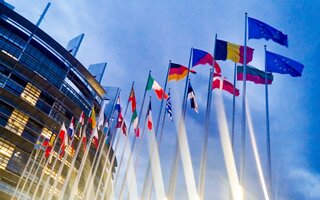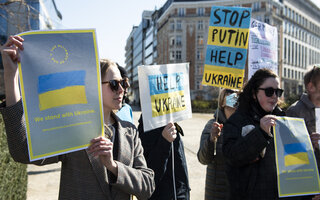Policy Article
How do immigrant concentration and local socioeconomic contexts shape public attitudes to immigration in Europe?
MEDAM Policy Brief, 2020/2
Authors
Publication Date
Key Words
Related Topics
Migration
Europe
Key Messages
- The link between the spatial concentration of immigrants and attitudes toward immigrants is an important concern when asylum seekers and refugees arrive in large numbers and need to be distributed within and across EU member states.
- The ‘contact hypothesis’ says that locals’ attitudes towards immigrants are more positive when there is more contact between them and immigrants. Hence, attitudes should be more positive in areas with a higher share of immigrants in the local population.
- We combine European Social Survey data with aggregated census and register data for 12 European countries to show that in areas (specifically, NUTS3 regions) with a higher concentration of immigrants, locals indeed tend to display a more positive attitude toward them.
- Importantly, however, this positive effect depends on the local socioeconomic context: It is stronger in regions with higher per-capita income and disappears completely in the most deprived regions with the lowest income and highest unemployment rate.
- Newly arriving asylum seekers and refugees often seek out areas with an already high concentration of immigrants to gain access to peer networks. However, when policy decisions are made on the spatial distribution of newly arriving asylum seekers and refugees, the local socio-economic context needs to be considered. Allocation to areas that have more socioeconomic resources might be more conducive to fostering immigrants’ acceptance by the majoritarian population; already deprived areas should not be overburdened with new integration challenges.





